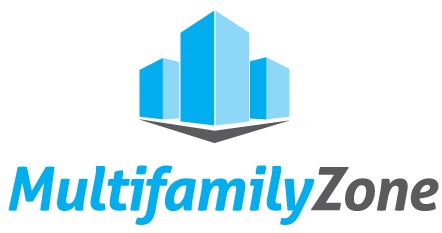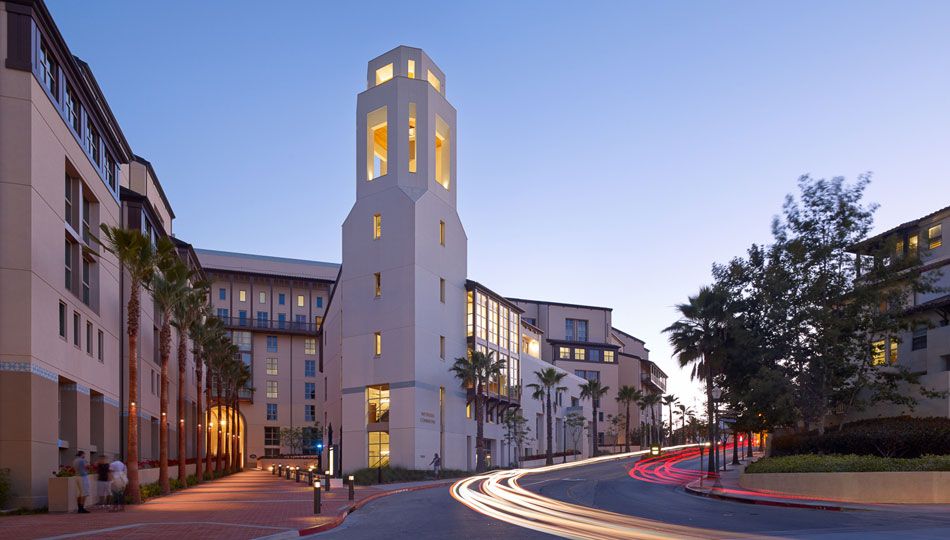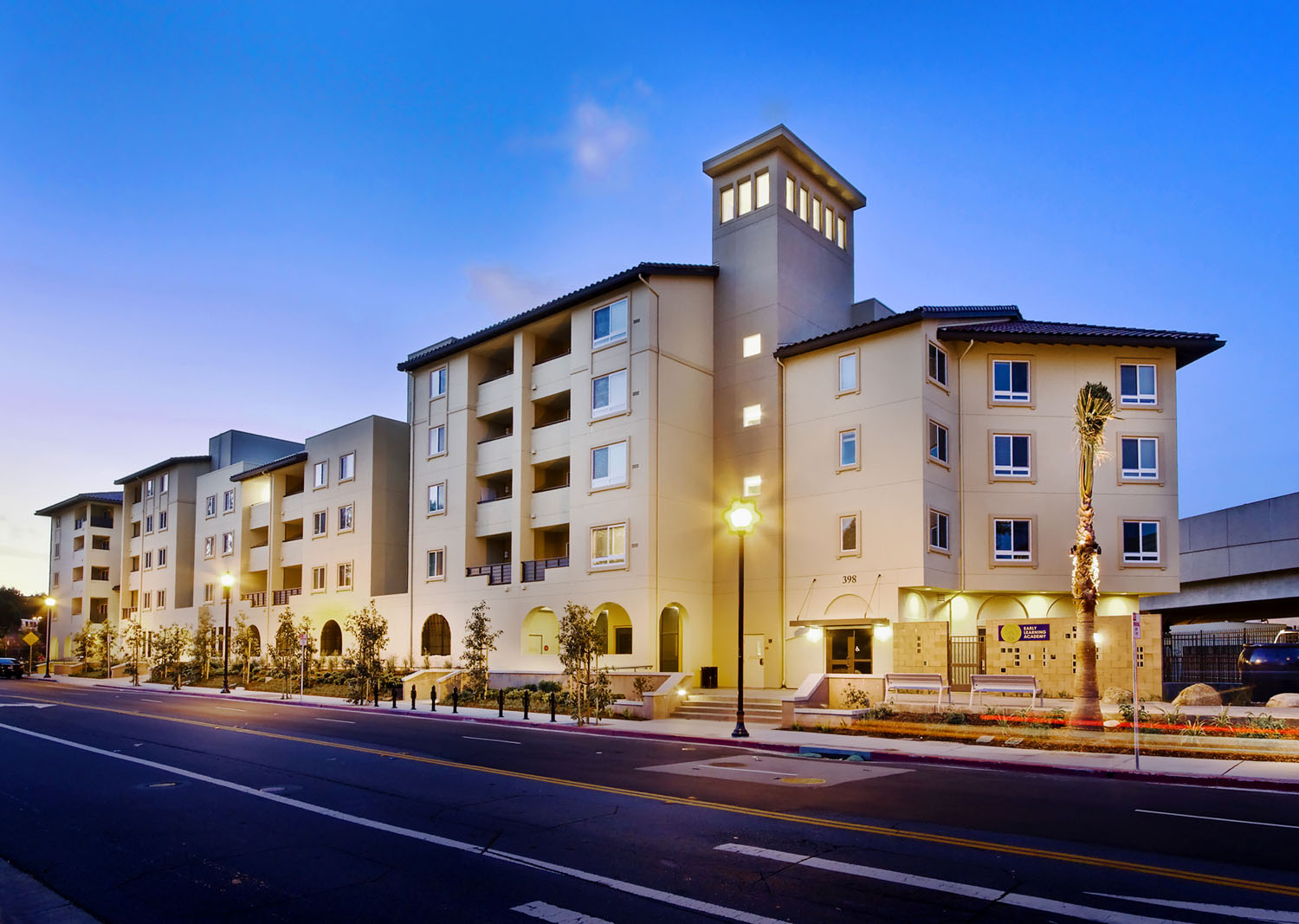Timeless Marketing Techniques to Help You Win More Business
 With today’s reliance on using digital marketing strategies to reach more people of younger generations, we forget that “old school” marketing techniques also have a time and place. There is no doubt that online marketing techniques are crucial to the success of property management companies, but let us not forget that before computers there were handshakes—not Facebook pokes—and real verbal contact—not 140-character Tweets. Customer service is a huge part of property management, in fact many call it the new marketing, and people still appreciate positive human interaction every once in awhile. So here are a few timeless marketing techniques you should weave into your weekly routine now and then in conjunction with your online marketing strategy. It’ll go a long way with customers, owners, and residents and you’ll stand out in the crowd.
With today’s reliance on using digital marketing strategies to reach more people of younger generations, we forget that “old school” marketing techniques also have a time and place. There is no doubt that online marketing techniques are crucial to the success of property management companies, but let us not forget that before computers there were handshakes—not Facebook pokes—and real verbal contact—not 140-character Tweets. Customer service is a huge part of property management, in fact many call it the new marketing, and people still appreciate positive human interaction every once in awhile. So here are a few timeless marketing techniques you should weave into your weekly routine now and then in conjunction with your online marketing strategy. It’ll go a long way with customers, owners, and residents and you’ll stand out in the crowd.
Revamp the Rolodex. Do you remember those massive card files with names and phone numbers that used to take up the entire corner of your desk? That potential gold mine of prospects you could go back to when business was slow or you weren’t drawing any interest from your print, radio or television ads? Maybe you’re fairly new to the property management game and your only contact file is and always has been your cell phone. Either way, building a healthy database of contacts is a wise move. A modern version of the Rolodex to take advantage of is LinkedIn. It’s a way to stay connected to hundreds of former colleagues and be introduced to other professionals in your industry via groups. If you’re not on LinkedIn, or you aren’t using it to it’s fullest potential, you should definitely look into it.
Connect with Influencers. RealtyTimes talked about building your “sphere of influence” file and check in with the people on your list every three to four weeks. Whether you build the contact list yourself or delegate the job to a staff member, keep your file current. The modern touch is how you make contact. Along with post cards and personal phone calls, today you can add email, Twitter, Facebook posts and instant messaging to your contact channels. How about scheduling a coffee meet up or lunch? Vary your message and your channels; just don’t let your influencers slip out of contact range.
Meet and Greet. During the lean times, marketing budgets often are the first areas where managers tighten their belt. But, realistically speaking, this is counter-productive. Your magic bullet in a down-turn is name recognition and stability. Get out and introduce yourself to locals, host an open house for the neighborhoods surrounding your community, invest in a door-hanger campaign to showcase recent upgrades, discounts or referral programs. Attach a map and direction app to your online resources (web pages, business directories, Facebook page) and put that information in the hands of people on the ground. Make it easy for prospects and their own spheres of influence to find you. Make sure to include your contact information and social profiles on any collateral you do produce.
It’s an exciting time to be a property manager. Smart marketing strategies don’t replace proven methods, but they do evolve as conditions change. Stay ahead of your competition with technology and tools that help you work smarter, but balance your digital and old school methods to stay approachable; your owners and residents will appreciate it.
 |
Appfolio | Company Website | LinkedIn Connect |
AppFolio, Inc. develops Property Management Software that helps businesses improve their workflow so they save time and make more money. Appfolio submits articles & blogs including topics of Resident Retention, Improved Owner Communication, Time Management, and more. |

















